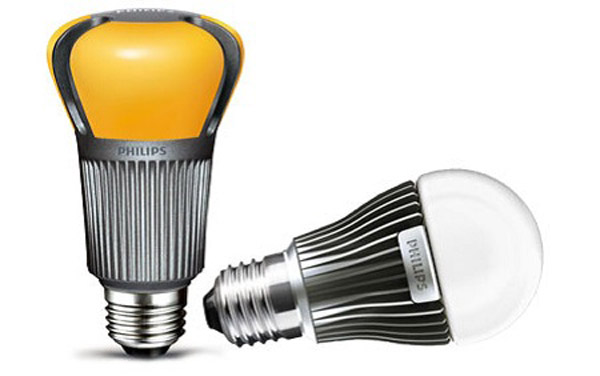Which is more energy efficient, that spanky new LED bulb or your average CFL? Conventional wisdom—and plenty of analysis, in fact—will tell you that the LED beats the CFL in terms of electricity use and, by extension, the toll it takes on your household energy bill. Which is true. But according to a new report from the U.S. Department of Energy (DOE), over the entire life cycle of these two bulbs, the total amount of energy they consume is pretty much the same.
Life-cycle assessment (LCA), according to the International Organization for Standardization (ISO), is the “Compilation and evaluation of the inputs, outputs and the potential environmental impacts of a product system throughout its life cycle” (ISO 14040: 1997). Toward that end, organizations that measure the total energy consumption associated with a product account for the extraction and treatment of raw materials involved, the energy used in manufacturing the product, its transport and distribution, how much energy it uses over the course of its useful life, and how much energy is required to dispose of or recycle it.

The DOE’s new report is based on existing life-cycle assessment literature on a wide array of lighting products from across the LED and CFL spectrum. It constitutes the first installment of a larger DOE project aimed at assessing the total life-cycle environmental and resource costs in the manufacturing, transport, use, and disposal of LED lighting products in relation to traditional lighting technologies.
A key finding from the report: while the average life-cycle energy consumption of LED lamps and CFLs is similar, that average energy consumption is still about one-fourth that of conventional incandescents—and if LED lamps meet their performance targets by 2015, their life-cycle energy use is expected to decrease significantly.
And yes, looking at the big picture on manufacturing, transportation, etc., did shift the equation of the LEDs energy use into the same arena as that of the CFL, but the “use” stage for all three types of lamps still represented their most energy-intensive life-cycle stage, accounting for 90 percent of total life-cycle energy, on average. The kicker here is that manufacturing the LED bulb package can account for anywhere from 0.1 percent to 27 percent of its life-cycle energy use (with an average of 7 percent), depending on the manufacturer and the bulb.
The report drew from existing LCA product data drawn from ten publications, which provided the level of disaggregation necessary to develop a comprehensive analysis of the life-cycle energy for each lamp type.
So—the upshot? LED bulbs will still take the biggest bite out of your household utility bills, even though they tend to use as much energy on average, over the course of their life cycles, as the cheaper CFL. However, both CFLs and LEDs use a lot less energy overall than incandescents—and, as LED manufacturers move towards meeting their own 2015 sustainability goals the energy use associated with the lifespan of the average LED is expected to drop by around one half.